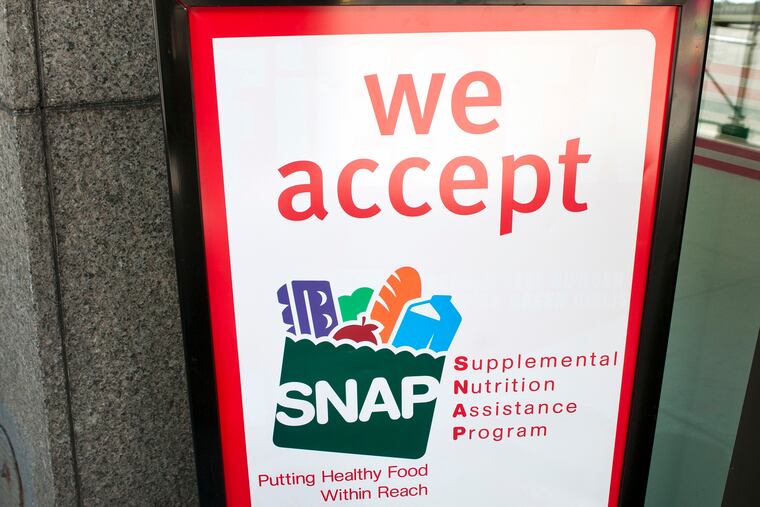Food stamp myths and rule changes will drive up hunger | Editorial
Asset testing, work requirements and limits on what food stamps can purchase are all methods that have all been suggested as a means to curtail the number of people who get help feeding their families.

In Ronald Reagan’s day, it was the welfare queen — a woman who used multiple identities to get rich by gaming the welfare system.
Six years ago, it was a surfer dude who bragged about using food stamps to buy lobster and steak.
And more recently, it was a retiree who was able to qualify for food stamps despite being a millionaire.
Some of these creatures are mythical, others (like the millionaire) real, but all were quickly embraced as anecdotal evidence of wider corruption in the welfare system. Rob Undersander, the Minnesota retiree who claimed to get food stamps in order to expose a loophole, was cited this week by U.S. Department of Agriculture officials in announcing a rule change that will lead to 3.1 million people losing food stamps. (Undersander is now a conservative hero, though no one seems curious as to why he went on to collect benefits for nearly two years.)
Champions of cutting the Supplemental Nutrition Assistance Program (SNAP) suggest that the welfare system is broken, that the food stamp program is a runaway train of incompetence, and that we shouldn’t be enabling people to live off the government. Their suspicion: People are deliberately scamming the system — despite long-standing evidence that fraud is minimal.
The new rule change has to do with categorical eligibility, which allows states to use the income and asset limits from programs funded by the Temporary Assistance for Needy Families block grant and apply those limits to the food stamp program. The change is intended to limit the amount of assets that food stamp recipients have to $2,250 for a family, and to limit the amount of income to 130% of the poverty level ($2,720 for a family of four per month). Current rules give states more leeway in establishing eligibility; this leeway would be restricted.
The proposal could cut $2.5 billion out of the program budget annually.
Currently, 38 million people receive food stamps; 32 percent have at least one wage earner in the home, according to the Center on Budget and Policy Priorities. The average food stamp allocation is $127 per month per person.
Asset testing, work requirements, and further limits on what food stamps can purchase are all methods that have all been suggested as a means to curtail the number of people who get help feeding their families. Critics of safety net programs maintain that with the economy as strong as it is, fewer people should have to rely on food stamps.
Yet while many jobs are being added each month, more than half of what the Bureau of Labor Statistics project as occupations with most job growth are those with salaries of $36,000 or less. The projected fastest-growing occupation, personal care aides, had a median annual wage in 2018 of $24,020. That puts a family of four at 100% of the poverty level.
The system that is truly broken is the one that can divorce social policy from economic realities, and assumes that simply having a job (or two, or three) is enough to provide for a family.